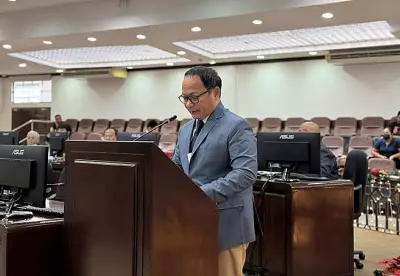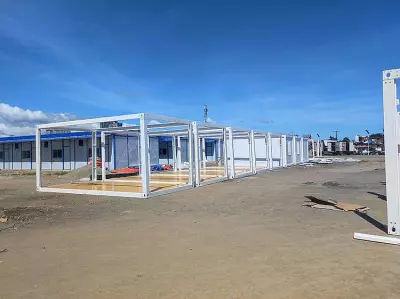
Cebu's disaster relief operations are facing mounting criticism as aid distribution continues to move at a frustratingly slow pace, leaving many affected communities waiting for essential assistance.
Distribution Bottlenecks Hamper Relief Efforts
Recent assessments reveal that the delivery of humanitarian aid to disaster-stricken areas in Cebu has been significantly hampered by logistical challenges and coordination issues. Despite the clear urgency of the situation, the flow of essential supplies has failed to keep up with community needs.
Community Frustration Grows
Local residents express growing frustration as promised assistance remains delayed. "We've been waiting for days for basic necessities," shared one affected community member. "The help is coming, but it's moving too slowly for families in immediate need."
Government Response and Challenges
Officials acknowledge the distribution problems but cite several factors contributing to the delays:
- Logistical constraints in remote areas
- Coordination between multiple agencies
- Assessment and verification processes
- Infrastructure damage affecting transportation
Local government units are working to streamline the process, but admit that current distribution rates remain below optimal levels.
Calls for Improved Efficiency
Community leaders and humanitarian organizations are urging for more efficient distribution systems. There's increasing pressure on authorities to accelerate the pace of aid delivery before the situation worsens for vulnerable populations.
The ongoing challenges highlight the critical need for improved disaster response mechanisms in the region, particularly in ensuring that assistance reaches those who need it most in a timely manner.





